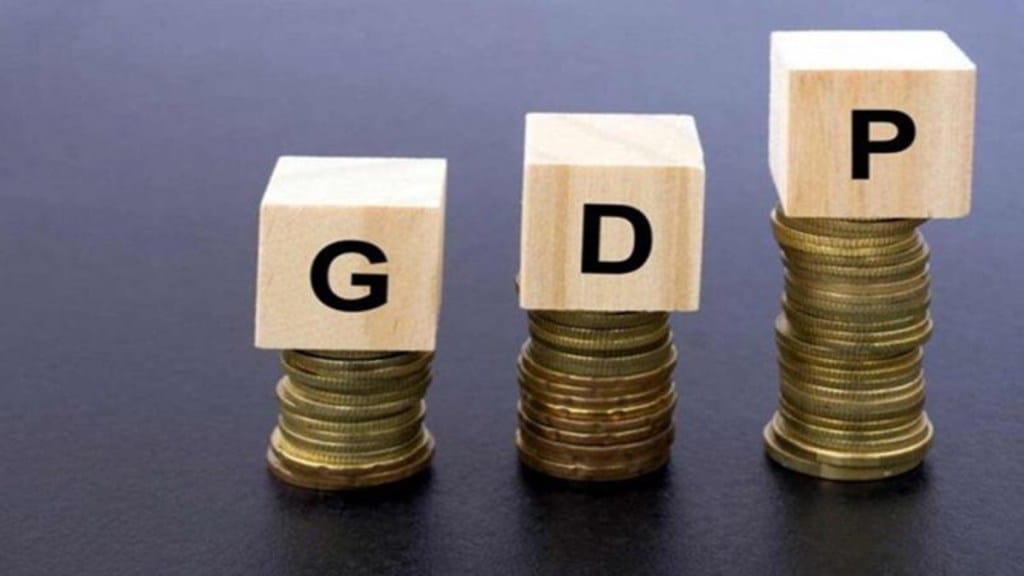The net financial liabilities of India’s households went up to Rs 18.79 lakh crore in FY24 or 6.4% of GDP, a rise over the previous year’s Rs 15.96 lakh crore or 5.9% of GDP, data from Reserve Bank of India (RBI) showed.
At the same time, the net financial assets of households went up to Rs 15.52 lakh crore or 5.3% of GDP. This still appears to be a five-decade low, although an improvement over the 5% of GDP in the previous year when the assets stood at Rs 13.40 lakh crore. Economists have cautioned that easier access to credit is fuelling leveraged consumption.
The bulk of the increased leveraging by households was the result of bigger borrowings from banks; in FY24, households borrowed Rs 18.56 lakh crore compared with Rs 11.91 lakh crore in the previous year.
Loan growth at banks was strong through much of FY24; it was only in November last year that the Reserve Bank of India (RBI) tightened the norms for unsecured lending and also lending to non-banking financial companies (NBFC). Since then loan growth has been slowing and has tapered off sharply in the current year to about 11% levels. While some of the borrowings may be unsecured, there are no signs of any stress building up in the system. Interestingly, loans taken by households from housing financing companies contracted by Rs 3.3 lakh crore during the year.
Bank deposits dominated the savings of households at Rs 14.35 lakh crore, a jump of 40% over the Rs 10.27 lakh crore in FY23. This is despite the apprehension that savings are moving away from banks due to unattractive interest rates and are being put to work in the stock market instead. Investments in equity and mutual funds and were higher at Rs 3.03 lakh crore in FY24, a jump of 42% over the Rs 2.14 lakh crore in the previous year.
